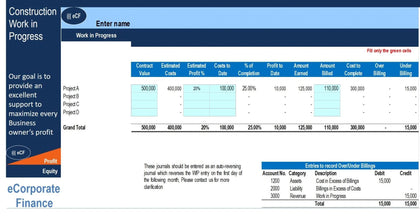3 Tier SaaS Model: Varying Contract Lengths for Enterprise Customers
Latest Updates: monthly and annual three statement model added as well as a capitalization table.
Video Tutorial:
This is an excel financial model to help any contract-based SaaS business create a financial forecast for up to 5 years. Monthly and annual summaries will show as outputs as well as an executive summary and contribution/distribution overview. There is also a DCF analysis as an output table as well as IRR for owner equity / investor equity. Plenty of visuals were built to easily drop into a deck if needed.
There are 3 customer configurations. Within each configuration, the user can define the following:
- Start Month
- Average Contract Length (months)
- Starting Organic Customer Count
- % Increase in Monthly Organic Customers Added
- % Improvement in Monthly Growth
- Ad Spend per Month
- Cost per Acquisition
- % Improvement in CPA
- Acquired Customers via Ad Spend per Month
- Average Contract Value
- % Improvement in Contract Value
- Contract Value per Month
- % Increase in Contract Value at Renewal
- Retention Rate at Contract Term
- % Improvement in Retention
The startup costs, capex, and on-going operational expenses each have their own input schedule where the user defines the month a given line item expense starts and the monthly cost over each of the 5 years.
There are also scalable expenses that can be defined based on the number of new customers that get added each month as well as the number of existing customers. One type of customer support personnel exists for each customer configuration pool and two types of sales personnel exist for each customer configuration. Their fully loaded salaries can be defined and will flow through the model at scale as new customers are added. Their main input is the ratio required per 'x' customer count.
Global inputs are included for the timing of this financial model i.e. the start year and the exit month. A terminal value is calculated based on trailing 12-month revenue from the exit month if an exit month is entered. It is not required and can be left as 'N/A'. Upon exit, any debt is automatically paid off if there were inputs for that funding source.
There is also the option to have funding sources from investors. Any remaining equity requirement that was not covered by debt/investors will default flow to owner equity.
A recent upgrade to this model allows the user to define if the value of each contract is collected at the start month or spread evenly over the life of a given contract. This primarily affects cash flow. For the calculation of EBITDA, the total value of all contracts gets spread evenly over their length, how many months that may be (from 1 to any number).



















































